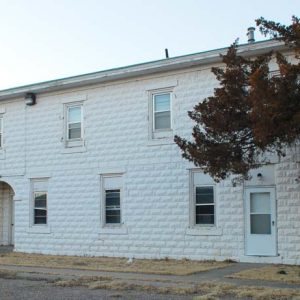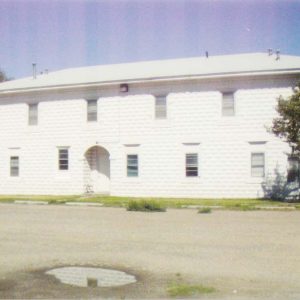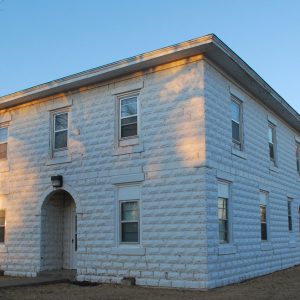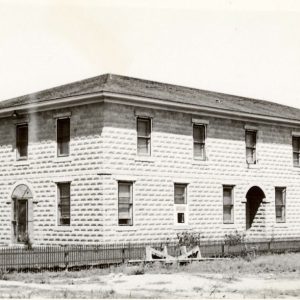Franklin Hall
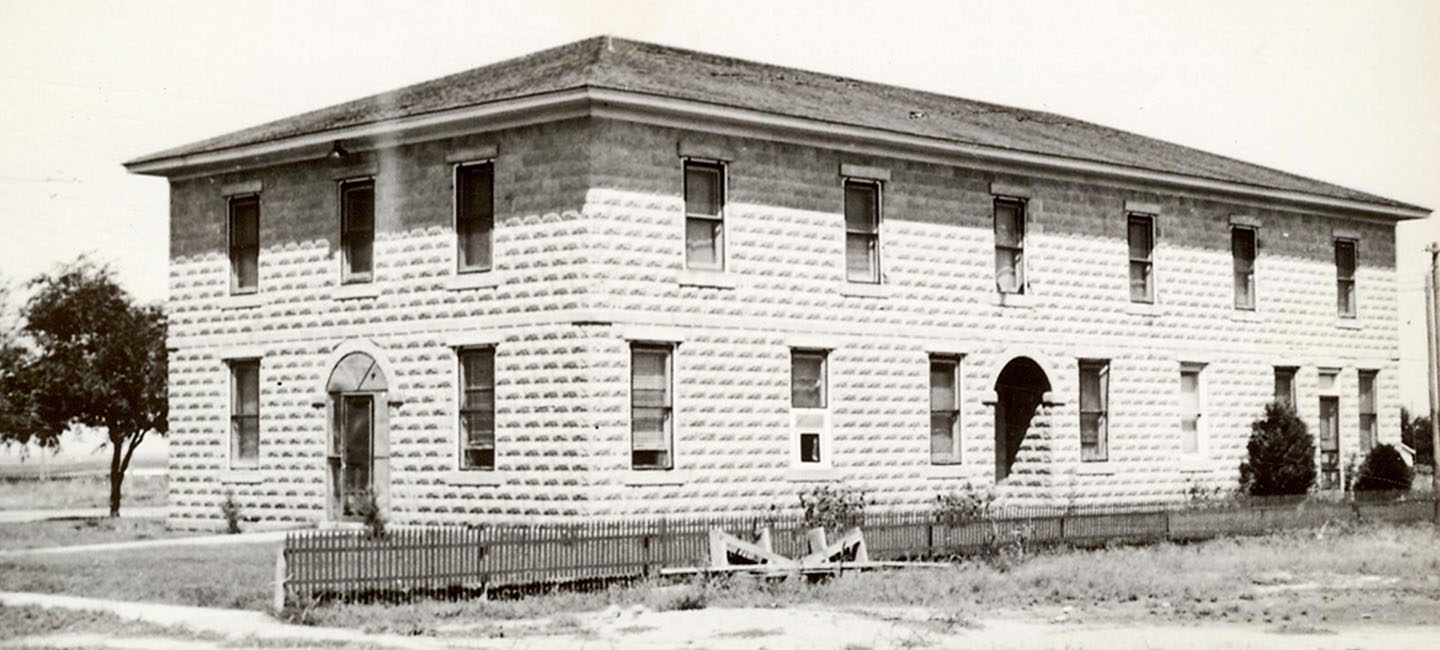
The second building completed on the Pan-Handle Agricultural Institute campus came as a result of helpful local citizens who donated tools, time, supplies, expertise, and energy. Area residents also provided all furnishings for the building, including kitchen utensils. Costing $6,000, it opened as the Girls’ Dormitory in September 1910 with 23 rooms: a kitchen; a dining room in the southeast corner of the first floor; an apartment for the cook, Aunt Susie; an apartment in the southwest corner of the first floor for the Institute’s president/superintendent, S. W. “Daddy” Black, and his wife; and an apartment on the north side of the first floor for the manual training and music instructor Charles T. Laughton and his wife. The rest of the rooms served as dormitory rooms. Initially, the building had a nickname: The Rock Island Hotel.
Students paid $10-12 a month to live in the new dormitory, but they had to furnish their own oil for their lamps, napkins, and bed linens. A bed, dresser, two chairs, a single kerosene oil lamp, table, and bowl and pitcher decorated each room. Females lived on the second floor of the north side of the two-story, concrete block building while males lived on the second floor’s south side and used the exterior stairway to access their rooms. By the 1920’s, the dormitory housed only male students, usually forty of them, and was called The Boys’ Dormitory. In 1935, the state legislature and WPA funds allowed funds for some badly needed remodeling. One year later, remodeling provided additional bathroom facilities in the building. Throughout the years, the structure has been living quarters for faculty, like music professor, Dr. Jesse R. Hankla, in the 1970’s and for honor students in the 1990’s.
On April 10, 1924, by a unanimous decision of the committee established to change the name, the building officially became Franklin Hall. The name honored “Grandpa” Franklin, the father of Reverend Sam Franklin and Professor A. W. Franklin who often led prayer meetings for the students in the building. Now, the National Register of Historic Places lists Franklin Hall.
